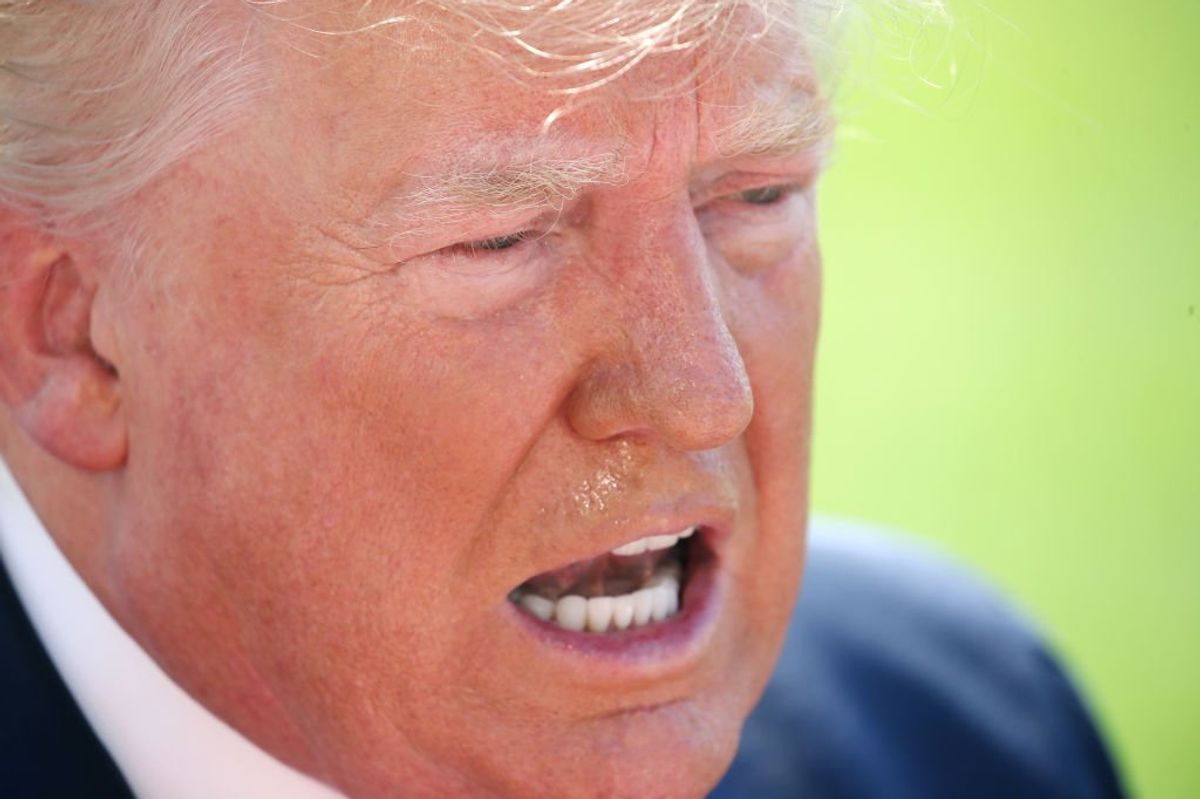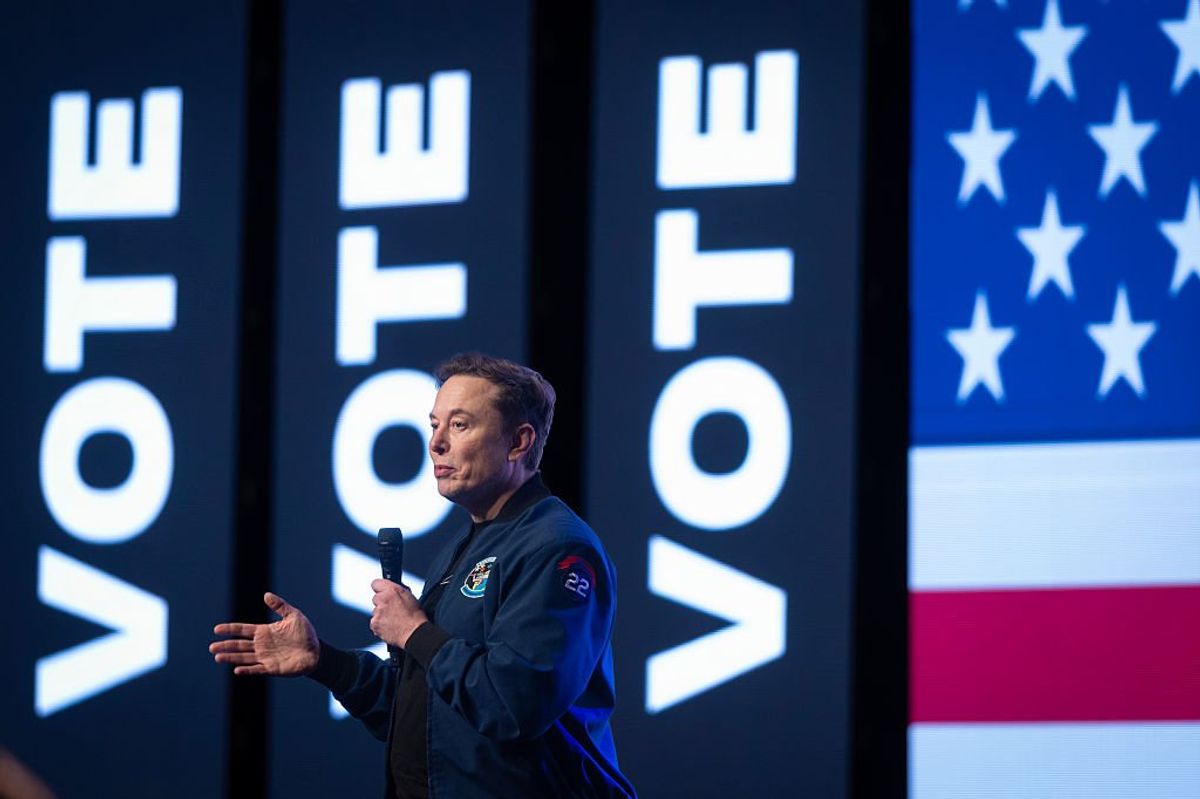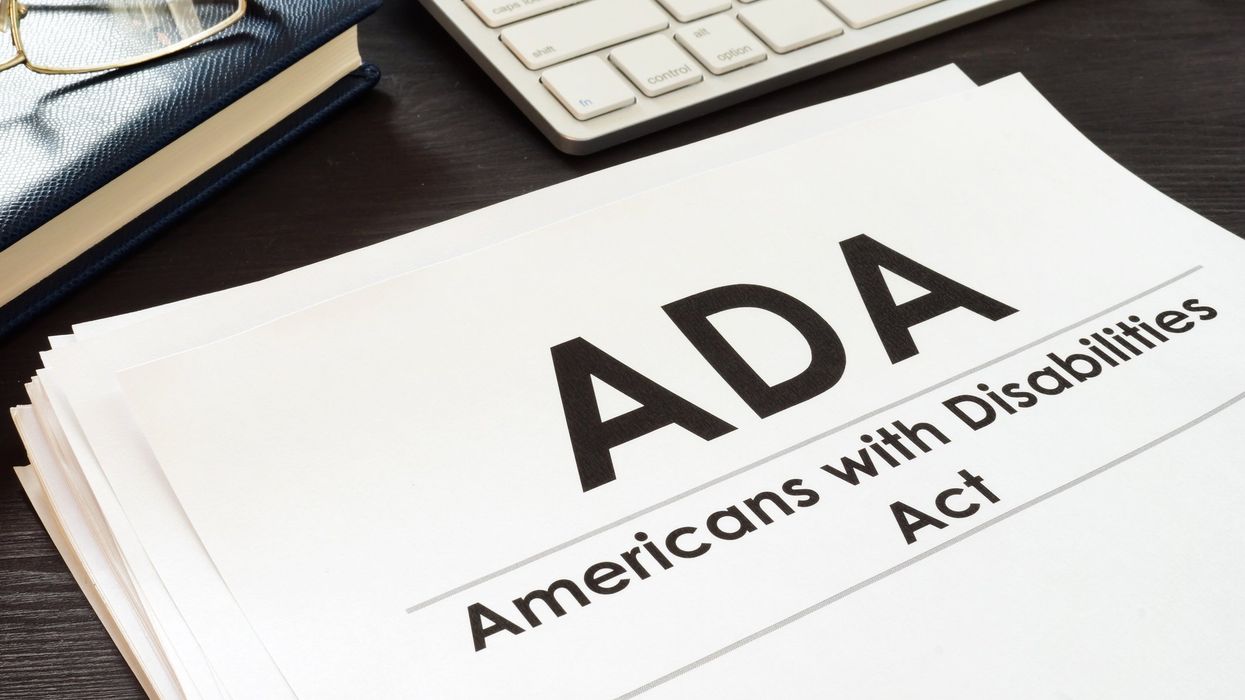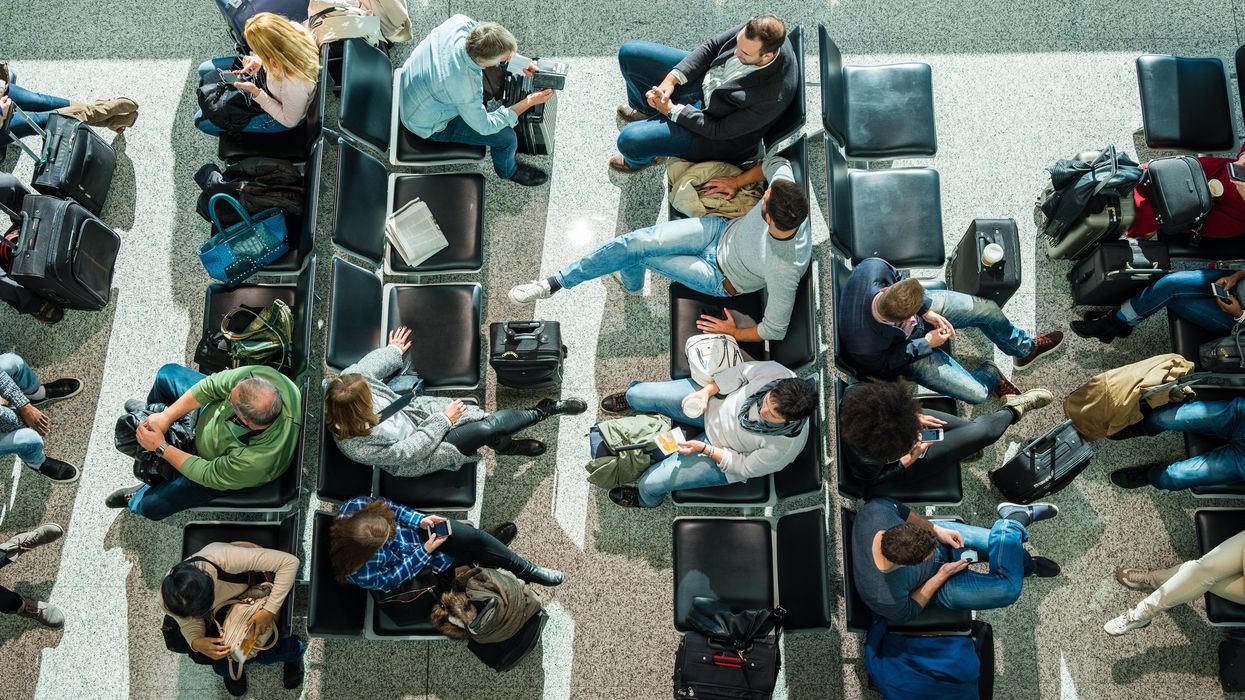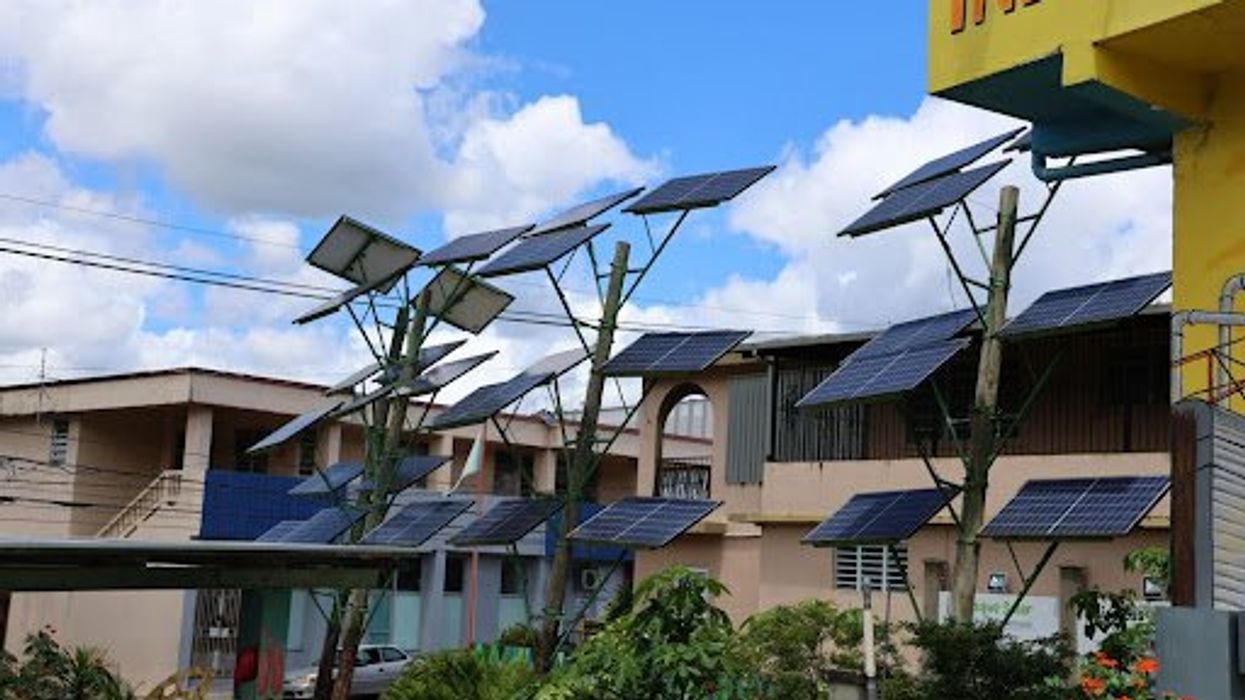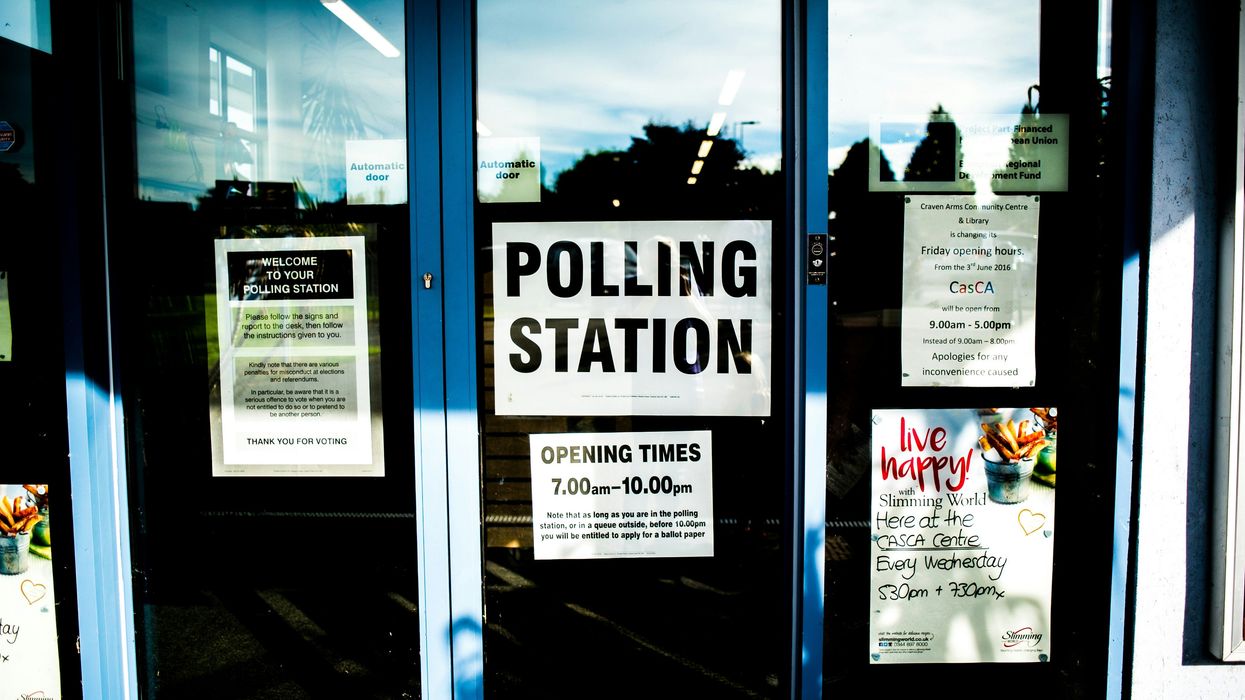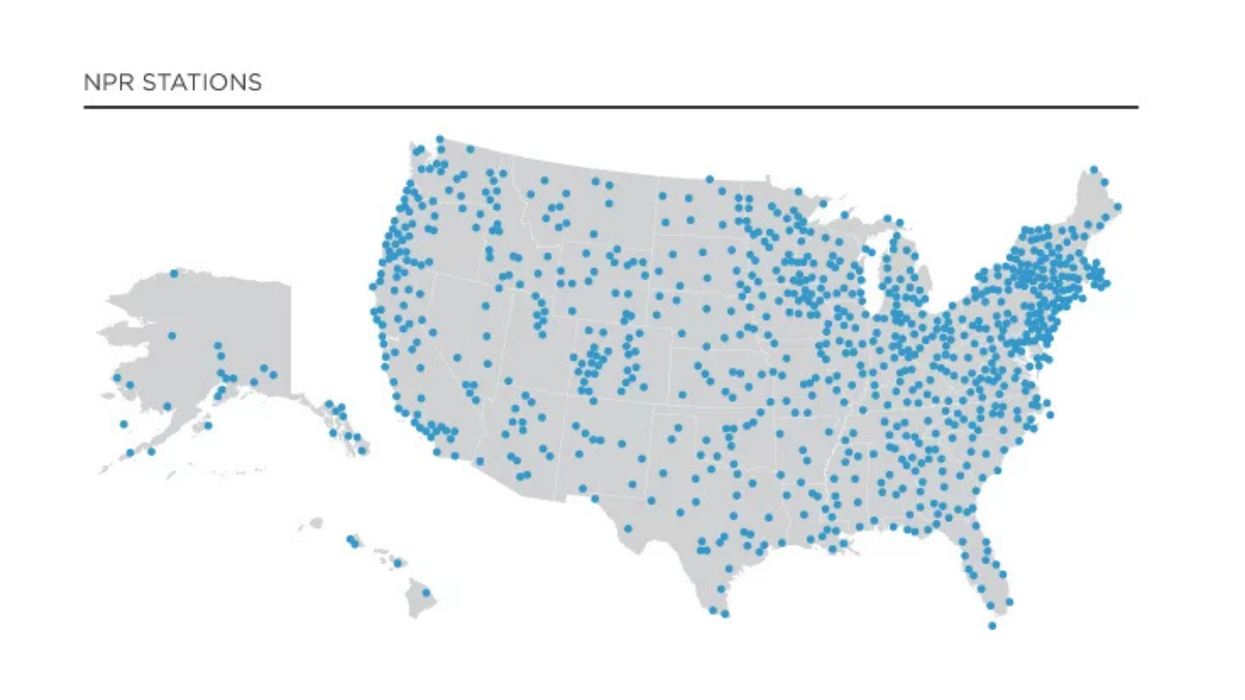Last year, my daughter’s elementary school science teacher surprised me with a midday phone call. During a nature center field trip, my eight year old fell off a balance beam and seriously hurt her arm. I picked my daughter up and drove straight to the children’s hospital, where I knew she would get everything she needed. Hours later, we were headed home, injury addressed, pain controlled, appropriate follow-up secured, and her arm in a cast after x-rays revealed fractures across both forearm bones.
That children’s hospital, part of a regional academic medical center, is thirty minutes away from our home. Its proximity assures me that we have access to everything my kids could possibly need medically. Until this year, I took this access for granted. Now, as the structure of the classroom yields to summer’s longer, more freeform days, some of the nation’s most important programs scaffolding kids’ health could collapse under the pressure imposed by proposed legislative budget cuts. As a pediatric doctor and as a parent, slashing Medicaid concerns me the most.
Pediatric funding, availability, and access represent America’s biggest current challenges. Proposed cuts negatively impact individual children. But all kids suffer with diminished availability and accessibility of pediatric healthcare. Threats to children's healthcare started simmering long before this Congress convened and this presidential administration took office, but the size and scope of the cuts in the House draft budget have made that threat existential.
While Medicaid most visibly serves under-resourced individuals and communities, it also bolsters services and institutions that benefit everyone, especially children. Though my family has private insurance coverage through my employer, my kids would not be able to access the depth and breadth of care available without Medicaid, which directly and indirectly supports pediatric programs and professionals.
The risk to children’s hospitals, which rely heavily on Medicaid funding, is often unrecognized. These hospitals, only 1% of all hospitals nationally, represent a lifeline for children, providing primary care, subspecialty medical access, and community programs for children and families of all socioeconomic backgrounds. By contrast, community hospitals comprise nearly 85% of hospitals in the U.S. and are increasingly unlikely to offer pediatric-specific care.
In political battles over Medicaid funding, people obscure the larger but essential question in medicine: should every child have healthcare? On the one hand, the answer is obvious. Pediatricians know every child requires medical access, parents want their children to have what they need, and the American Academy of Pediatrics believes that “the United States can and should ensure that all children, adolescents, and young adults from birth through the age of 26 years who reside within its borders have affordable access to high-quality comprehensive health care.”
Yet since 2008, the number of pediatric inpatient units in general hospitals has declined by nearly 30% and inpatient pediatric beds outside of children’s hospitals decreased by almost 20%. A disconcerting number of hospitals, especially those in rural areas, face full closure. Over the last fifteen years, more hospitals have closed than opened.
As a pediatrician trained in neonatal critical care, I’ve watched with alarm as pediatric units and neonatal-perinatal services constrict faster than adult services and programs. This isn’t because of a lack of demand; in fact, demand for pediatric-specific care has only increased. In areas where there is no pediatric care available, families must go without or travel far for what they need, sometimes spending hours in transit and even crossing state lines. More cuts will only exacerbate that trend.
Increasing gaps in care and coverage mean that emergency medical services and medical providers without extensive pediatric expertise are seeing more children. But this is not an adequate substitute for pediatric experts. Children are not small adults, neither anatomically nor physiologically.
Clinicians who predominantly care for adults can be fooled by pediatric patients. In fact, interventions that heal adults may harm children. Consider extremely high blood glucose levels in patients with diabetes. An adult’s sugar might normalize with rapid intravenous fluid boluses, whereas a child is at risk for brain injury without carefully calculated fluid administered over time. Averting medical danger means recognizing and responding to subtle signs and changes that a pediatric specialist can spot.
Children’s health needs greater investment, not less. Our children embody our greatest potential. To fully realize that potential, it’s time for our national budget to cultivate, not decimate, investment in children’s health—the core of individual and national possibility.
Dr. Brooke Redmond is a neonatal critical care physician at the Yale School of Medicine and a Yale Public Voices fellow of the Op-Ed Project. The views expressed are her own.
